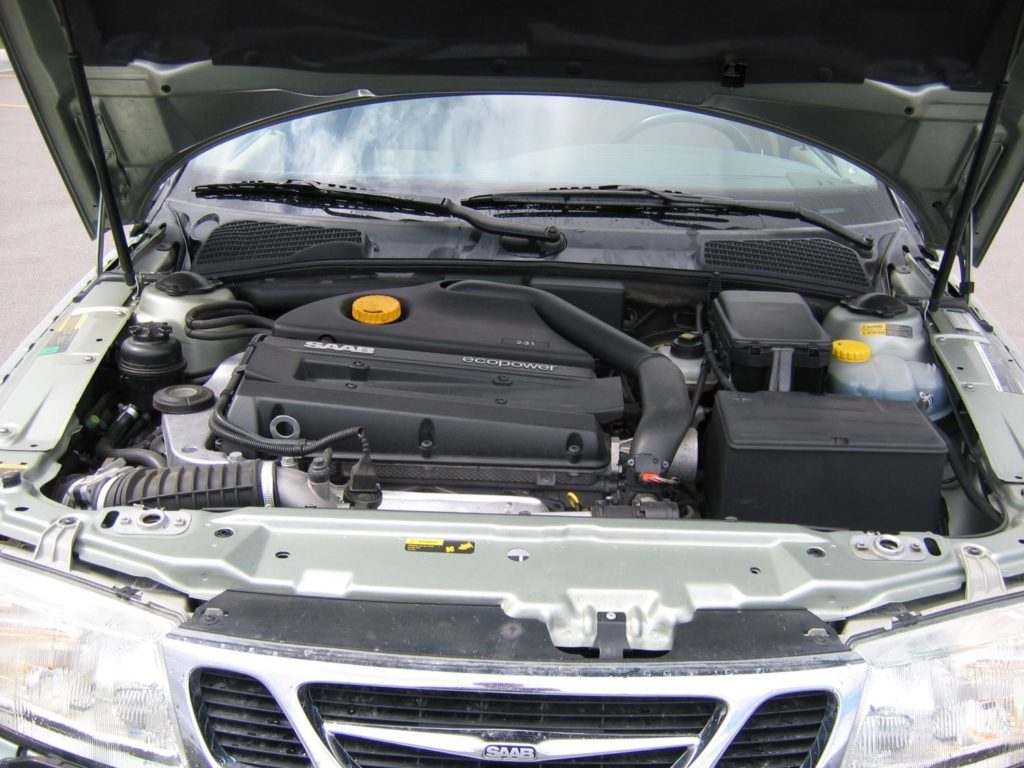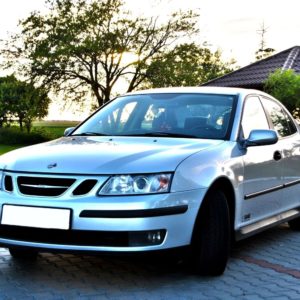The Saab 9-5 is a midsize luxury sedan that’s marketed as an executive sedan. Like most luxury sedans, it has a powerful engine and promises a smooth riding experience.
There aren’t any new Saab vehicles on the road because the company closed in 2012 due to financial issues. Thus, the 2012 Saab 9-5 has already depreciated much of its value over time. However, the company’s closure also definitely hurt the resale prices of their vehicles. According to AutoPadre.com, only 20% of the 2012 Saab 9-5’s original value remains after 9 years, and it’s forecasted to depreciate an additional 12% of its current value every 5 years.
This could mean that the Saab 9-5 can potentially be a steal if you find one that’s in good condition. That said, buying any vehicle comes with risks. In this article, we’re going to tackle the Saab 9-5’s reliability and common problems.

Is the Saab 9-5 Reliable?
While RepairPal didn’t set a definitive reliability score for the Saab 9-5, numerous owners have posted a score with a corresponding review on the website. 13 owners have rated the Saab 9-5 with ratings ranging between 3 and 5, all of which averages to 4.1. That sounds exceptional, but the Saab’s estimated annual repair cost of $639 is only around average for its vehicle class.
Saab 9-5 Common Problems
While many owners are generally satisfied with their Saabs, it does have numerous common problems, according to RepairPal.

Ignition Cassette Issues
With 131 reports, this is the most reported problem on RepairPal. The direct ignition cassette is known to fail in 1999 to 2008 Saab models. As a result, it can cause the engine to stall while driving, or the driver will have difficulty starting their car. More often than not, the engine will crank, but it will fail to start. A faulty ignition cassette can also cause a rough idle as well as engine misfires. Owners have also reported that a check engine light might show up when these occur.
The ignition cassette sits on top of the spark plugs on the engine and is responsible for distributing the electricity required for the spark. It’s a unique component for Saab vehicles, which feature their Direct Ignition Cassette technology.
If left ignored, the misfires caused by the faulty cassette can result in engine damage, which is expensive to repair. Luckily, the issue is only in the cassette and a simple replacement fixes the problem.
Oil Leaks
Oil leaks are never good. Many 1999 to 2007 Saab 9-5s are known to have oil leaks throughout various parts of the engine, such as the timing cover, valve cover, and rear main seal. According to RepairPal, the issue is caused by too much internal oil pressure, which causes the oil to find a way to escape through the weakest portion of the part loop. Leaks might result in the engine not having enough lubrication, causing overheats and accelerated engine wear.
As a solution, Saab released a positive crankcase ventilation (PCV) kit as an add-on to the engine. This prevents excess pressure from building up by allowing the gases made by the oil to be circulated into the combustion chamber and burned. This is supposed to regulate the oil pressure from building up too much.
However, there are a few owners who have reported that leaks have recurred even after they’ve received the PCV update. One YouTube user discovered that the hoses that transport oil into the valve cover tend to soften after some time. The hoses became too soft to the extent that it was more probable that they would leak. The same YouTube user also recommended that owners replace their hoses if they’ve become soft.
HID Lamp Issues
The headlights of 2002 to 2009 Saab 9-5 models tend to either flicker or fail. Owners have reported that the issue tends to come and go. This can be a scary issue to have because if the headlights fail during a moment where you need to see something obscured by the darkness on the road, you might get into an accident.
After experiencing this issue, many owners thought that their headlight bulbs were wearing out and replaced them. However, most of them still experienced the problem. According to RepairPal, the problem is caused by water from the window washer finding its way into the HID modules. Plugging the leak should fix the issue.

Throttle Body Failure
The throttle body of the 1999 to 2007 Saab 9-5 tends to fail prematurely. As the throttle body is responsible for controlling the flow of air and fuel to the engine, faulty throttle bodies can lead to a rough idle and your car’s tendency to surge unexpectedly. The check engine light might also illuminate.
Owners have also reported having difficulty starting their sedan, especially during cold weather. The faulty throttle body can also cause the vehicle to enter limp mode, which causes the car to lose most of its power and usually forces the driver to stop at the side of the road. Luckily, replacing the faulty throttle body fixes this issue.
Saab 9-5 throttle body replacements can cost around $120 to $700, depending on the year model.
Even though Saab has closed down, its vehicles are still generally reliable as long as they’re well-maintained. The spare parts necessary to repair these common problems are also readily available if you know where to look.
If you’re unsure whether a Saab 9-5 is a good sedan to buy, perhaps this list of common issues has given you an adequate overview. Most cars will almost always develop issues down the line, but learning about which parts are more likely to break in a vehicle model can help you decide if a car is right for you. Knowing about the experiences of other owners is important so that you can look out for possible pre-existing issues before buying a used vehicle.
Any information provided on this Website is for informational purposes only and is not intended to replace consultation with a professional mechanic. The accuracy and timeliness of the information may change from the time of publication.

















